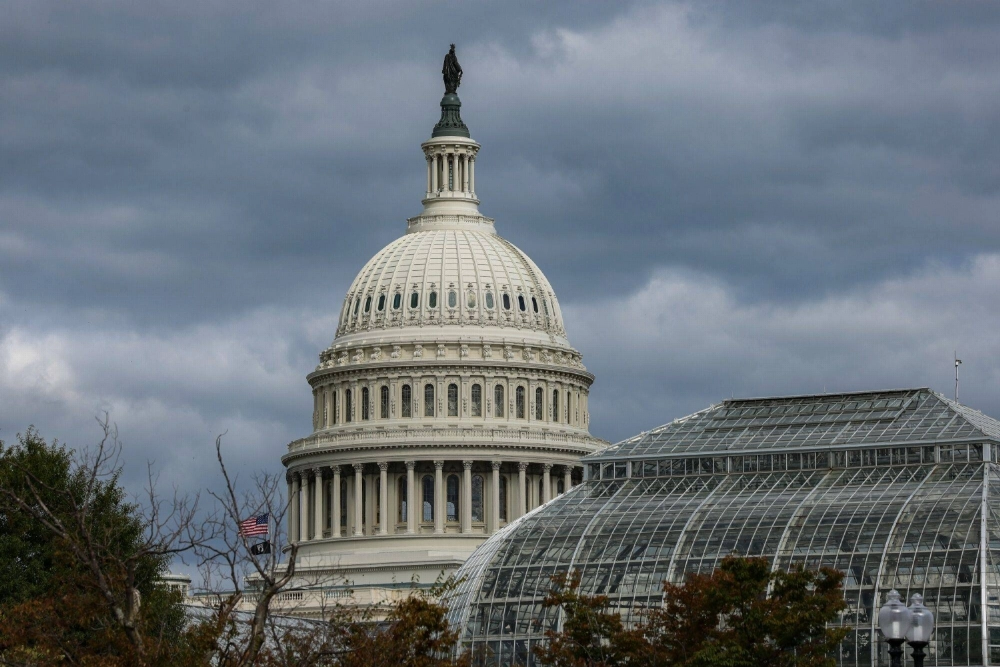The White House is making good on threats to fire thousands of federal workers amid a government shutdown now in its 10th day, with job cuts across federal agencies including the departments of Health and Human Services, Homeland Security and Commerce.
The firings mark the first large-scale layoffs of federal employees during a funding lapse in modern history, going beyond the furloughs that have characterized past temporary shutdowns. The move raises the stakes in a multiweek standoff with Democrats over federal funding and health care subsidies.
White House Budget Director Russell Vought announced the cuts with a terse social media post on Friday. While a senior White House official said thousands of workers are affected, the full scope of the cuts was not immediately clear.


















With your current subscription plan you can comment on stories. However, before writing your first comment, please create a display name in the Profile section of your subscriber account page.